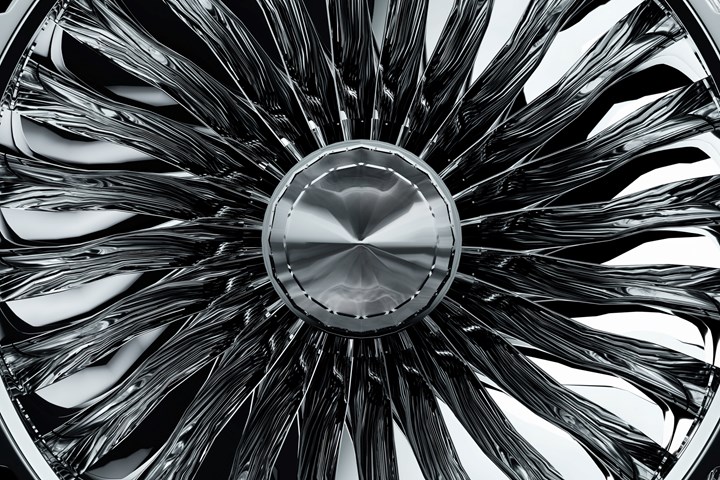GE Aerospace grows Indian aeroengine supply chain
GE’s “Make in India” strategy brings in a total of 13 companies, some with composites expertise, that have demonstrated the ability to master aeroengines’ complex manufacture and special processes.

Photo Credit: Getty Images
GE Aerospace (Cincinnati, Ohio, U.S.) has announced its Indian aeroengine supply chain this month and has grown to 13 companies, plus GE’s Pune multimodal manufacturing facility.
GE’s aviation footprint in India includes military aviation equipment, commercial aviation engines, marine operations, avionics, maintenance, product development and research in addition to local manufacturing. Its supply chain partntars in India include:
- Tata Advanced Systems Ltd.
- Tata Advanced Materials Ltd.
- HAL Foundry & Forge
- Mahindra Aerostructures Pvt. Ltd.
- Godrej & Boyce Mfg. Ltd.
- Tata Sikorsky Aerospace Ltd.
- Azad Engineering
- Raghu Vamsi Pvt. Ltd.
- Ankit Aerospace Pvt. Ltd.
- Sundaram Fasteners
- IndoMIM Tec Pvt. Ltd.
- Maini Precision Products Pvt. Ltd.
- Recaero
Composites-related companies include Tata Advanced Systems Ltd. and Godrej & Boyce Mfg. Ltd. Tata “delivers customized end-to-end solutions to meet international customer demands, from design and engineering, advanced tool design and manufacture, complex machining, composites, sheet metal fabrication and equipped airframe assemblies,” according to the company’s website. Godrej & Boyce has entered the nonmetallic side of the aerospace industry, establishing rubber and composites facility in its new plant dedicated for exports, with experience in carbon, glass and aramid fibers; epoxy, phenolic and poluamide resins; and honeycomb and foam cores.
Indian companies are becoming globally competitive for a growing body of high-value, complex aeroengine manufacturing work. Marquee Indian companies, including Tata Advanced Systems, Mahindra Aerostructure and Godrej, have set up GE aeroengine component production lines. These components are exported from India to GE’s engine manufacturing facilities. Hindustan Aeronautics has also established an assembly line for GE’s LM2500 marine engine that power India’s newest indigenous aircraft carrier, the Vikrant. These growing capabilities coincided with GE Aerospace’s increase in local sourcing spend, which has grown 20 times in the last five years.
GE Aerospace and its Indian partners are in the process of establishing the aeroengine manufacturing infrastructure India needs to achieve its self-reliance goals (locally known as “Aatmanirbhar Bharat”).
“Indian companies have a keen willingness to partner with GE Aerospace and to join the aeroengine marketplace,” Youngje Kim, vice president, sales for Asia at GE’s military aviation division, says. “They have demonstrated the ability to master the complex manufacturing and special processes required for aeroengine manufacturing while simultaneously maintaining focus on quality.”
To support its growing Indian aeroengine manufacturing industrial base, GE Aerospace is pursuing an aggressive skill development program for a manufacturing workforce in India. Over the past two years, this GE-funded program has trained more than 150 manufacturing staff at the various partner organizations, and these trained workers have then gained employment with one of several GE suppliers in India.
Related Content
-
Plant tour: Albany Engineered Composites, Rochester, N.H., U.S.
Efficient, high-quality, well-controlled composites manufacturing at volume is the mantra for this 3D weaving specialist.
-
Plant tour: Joby Aviation, Marina, Calif., U.S.
As the advanced air mobility market begins to take shape, market leader Joby Aviation works to industrialize composites manufacturing for its first-generation, composites-intensive, all-electric air taxi.
-
Infinite Composites: Type V tanks for space, hydrogen, automotive and more
After a decade of proving its linerless, weight-saving composite tanks with NASA and more than 30 aerospace companies, this CryoSphere pioneer is scaling for growth in commercial space and sustainable transportation on Earth.
















